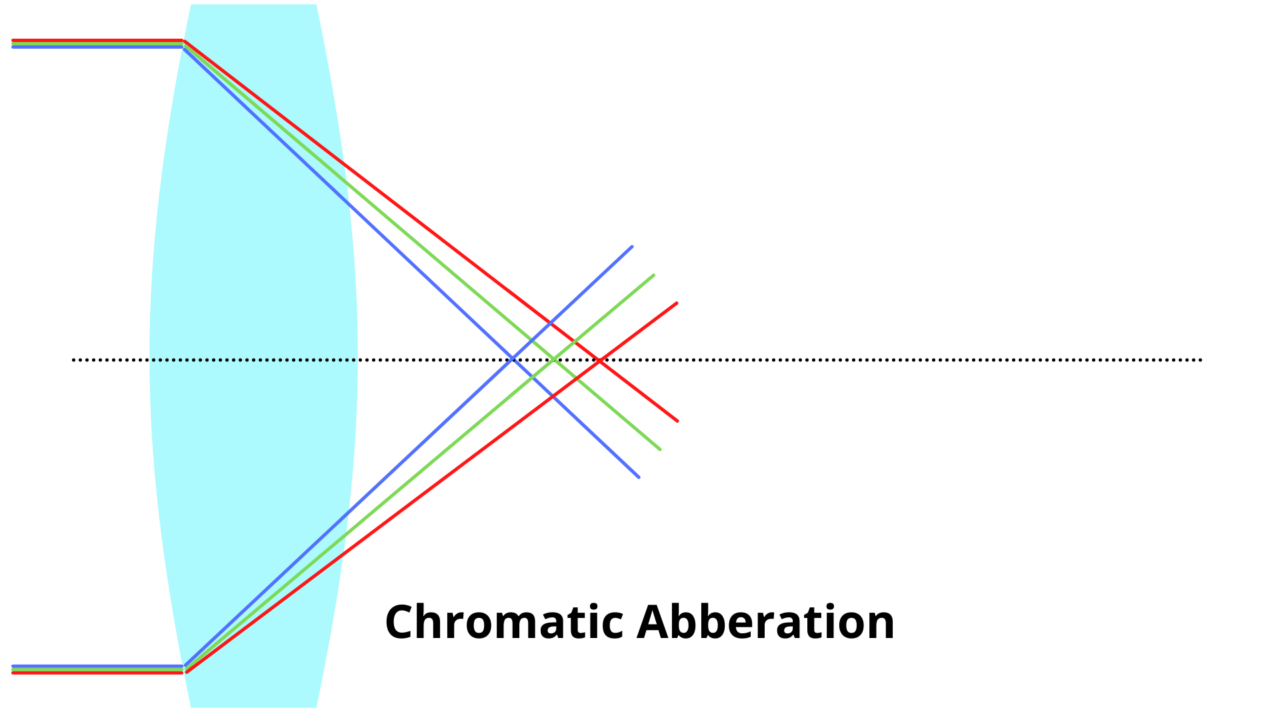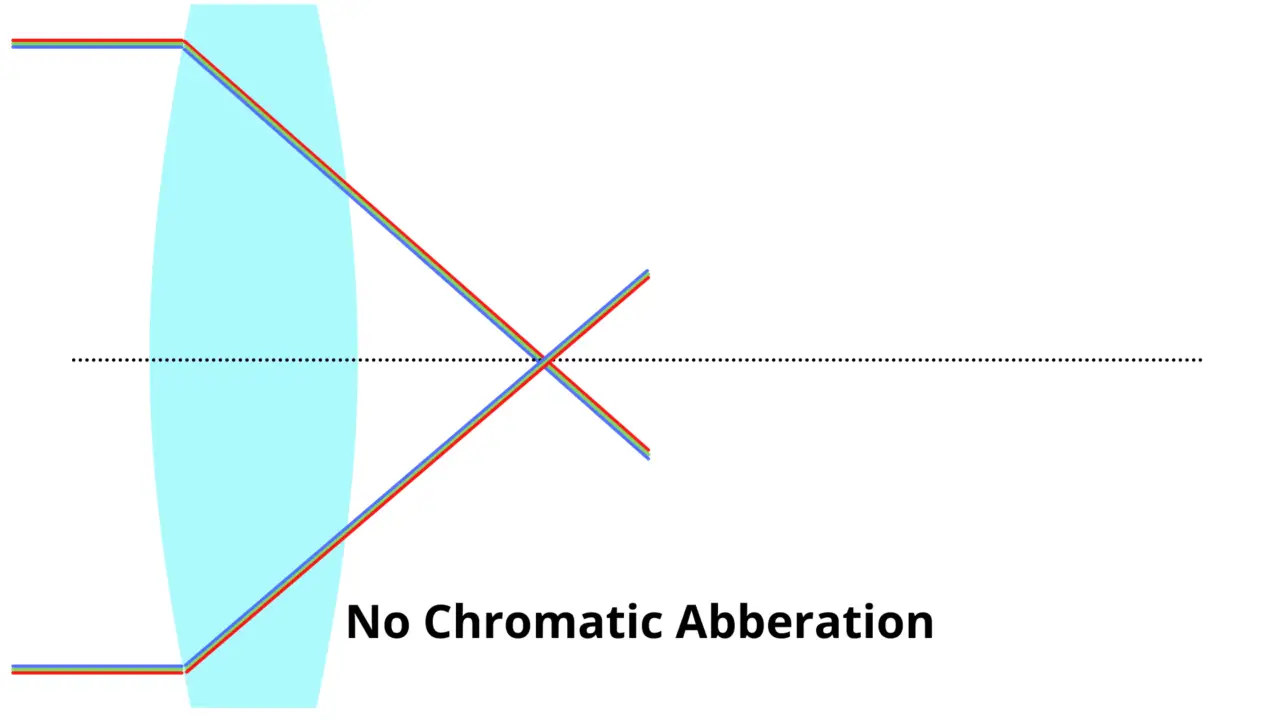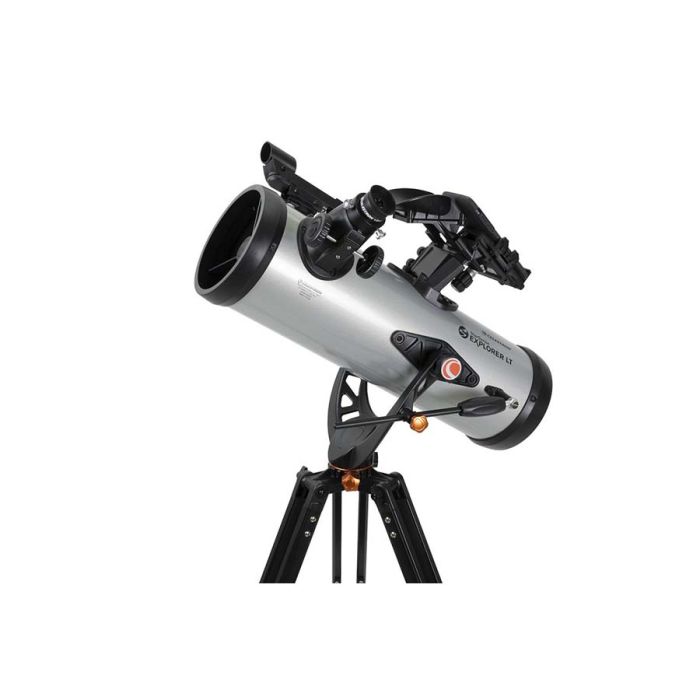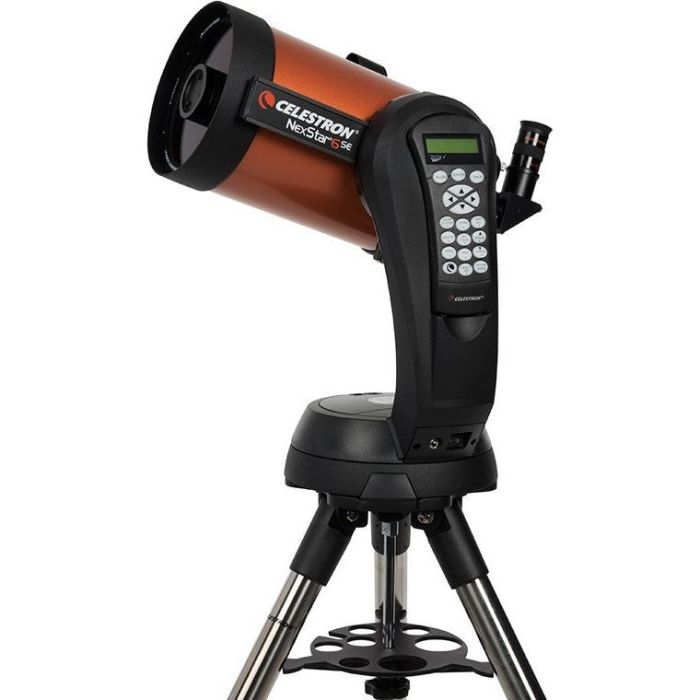Telescopes come in many sizes, but in terms of shape they are pretty much all tubular. That is, until you get to the optics. Depending on the design, telescope optics can be concave or convex while also incorporating flat elements.
When considering whether telescopes are convex or concave, it’s important to understand the different types of telescope.
In this article we will explore the different types of telescope optics, find out how they work, and discuss some of the advantages and disadvantages of each design.
Concave: Reflectors
Reflecting telescopes such as the popular Newtonian reflector have concave mirrors at the bottom of the optical tube. This is called the primary mirror and its job is to take the light rays coming straight in through the aperture of the tube and focus them to a point.
The point at which the light rays are focused is where the eyepiece sits, in a mechanism called a focuser. On a Newtonian, the focuser is attached to the side of the optical tube near the aperture, necessitating a flat secondary mirror to redirect the focused beam of light which would otherwise just bounce back out of the tube.
Reflectors are popular telescopes for amateur astronomers, mainly because they are more economical to build in large apertures compared to other designs. A common example of an amateur reflector is the Dobsonian, mounted on a wooden swivel base.
Dobsonians are the most cost-effective solutions for visual astronomers seeking large apertures for viewing faint objects such as galaxies. Reflectors are also known for being free of chromatic aberration (false colour) which can appear around bright objects in other designs. However, they do come with certain drawbacks.
Advantages
- Good value per inch of aperture
- No chromatic aberration
- Easy and intuitive to learn when mounted on Dobsonian base
Drawbacks
- The primary and secondary mirrors must be periodically collimated (adjusted) to maintain sharp focus, making reflectors somewhat higher-maintenance than other designs. The secondary mirror creates a central obstruction to the aperture, reducing contrast and limiting the effective aperture of the telescope.
- Primary mirrors with focal ratios below f/6 (“fast” mirrors) are prone to off-axis aberrations such as coma and astigmatism, resulting in stars appearing as comet or seagull shapes in the outer portion of the view. Corrective lenses are available for visual and photographic use.
- It is also worth noting that not all concave mirrors are the same shape. Cheaper reflectors often employ mirrors of a spherical shape, which are less costly to make but may compromise image sharpness. A mirror with a parabolic curve is usually preferred due to its ability to focus incoming rays more precisely to a point.
Convex: Refractors
These more traditional-looking telescopes employ a convex lens cell at the front end which refracts incoming light to a point at the rear of the optical tube. As in a reflector, a flat diagonal mirror then directs the light to the eyepiece where the image is magnified for viewing.
The amateur market is flooded with cheap refractors of the “hobby killer” variety, generally best avoided. Conversely, there is a niche market for ultra-premium refractors costing thousands of dollars. High-end refractors are the most prized telescopes among enthusiasts.
I’ve been using refractor telescopes for astrophotography for several years. If you’re looking to get started in astrophotography, I can highly recommend a refractor telescope. Check out my review of the Sky-Watcher Evostar 72ED for more info.
Advantages
- Lacking a central obstruction, they provide higher contrast per inch of aperture
- At long focal lengths, this improved contrast makes them strong performers for lunar and planetary viewing
- The optics usually don’t require adjustment, making refractors low-maintenance telescopes
- Short-focus refractors are generally compact and ideal as travel scopes while providing wide-field views
- Visually, refractors don’t present distracting off-axis aberrations, though photographically you will need to deal with field curvature
Drawbacks
- Refractors suffer from chromatic aberration (CA), caused by dispersion effects of glass lenses. If you’ve ever looked at the moon through a windowpane, you will know what I’m talking about. CA is most apparent on cheaper refractors and especially those with short focal lengths. This effect is mitigated by using longer focal lengths in addition to extra-low dispersion (ED) glass. The most expensive refractors are apochromatic triplets with fluorite glass objectives which effectively eliminate CA
- Refractors are generally limited to apertures of six inches or less, which means they are not the ideal telescopes for visual use on very faint objects
I’ve created a visual below to help see chromatic abberation. ED glass is specifically designed to keep the RGB light focused on the same point.


Combination: Catadioptric/Cassegrain Telescopes
This third class of telescope comprises several designs, including Schmidt Cassegrain, Maksutov Cassegrain, and Ritchey-Cretien. While each design has unique characteristics, they all incorporate a concave primary mirror as well as a convex secondary mirror (or silvered spot, in the case of Gregory Maksutovs).
This configuration creates a folded light path which directs incoming light up the tube and then back down through a baffle in the primary mirror, where the eyepiece sits. This results in a long focal length inside a relatively short tube. Many Cassegrains also have some sort of corrective lens over the aperture to minimize aberrations of the primary mirror. Depending on the design, this may be called a corrector plate or meniscus lens.
Cassegrain telescopes are quite popular on the amateur market with product lines such as the Celestron NexStar SE and Sky-Watcher SkyMax, but they suit some applications much better than others. They are generally more expensive than comparable Newtonian reflectors. Many professional telescopes, including the Hubble Space Telescope, are Cassegrain designs.
Advantages
- Their compact design makes Cassegrains more portable, especially at apertures below 8 inches
- Long focal lengths are well suited for viewing planets and other compact targets
- Maksutov Cassegrains are especially prized for sharp planetary views
- Minimal chromatic aberration compared to a refractor
- Closed tubes keep the primary mirrors clean and dust-free
Drawbacks
- Closed tubes have long cool-down time to reach thermal equilibrium
- Like reflectors, Cassegrains must be collimated periodically to produce sharp images
- “Slow” f-ratios of f/10 to f/15 require focal reducers for deep-sky photographic exposures
- Long focal lengths produce narrower fields of view compared to other telescope designs





